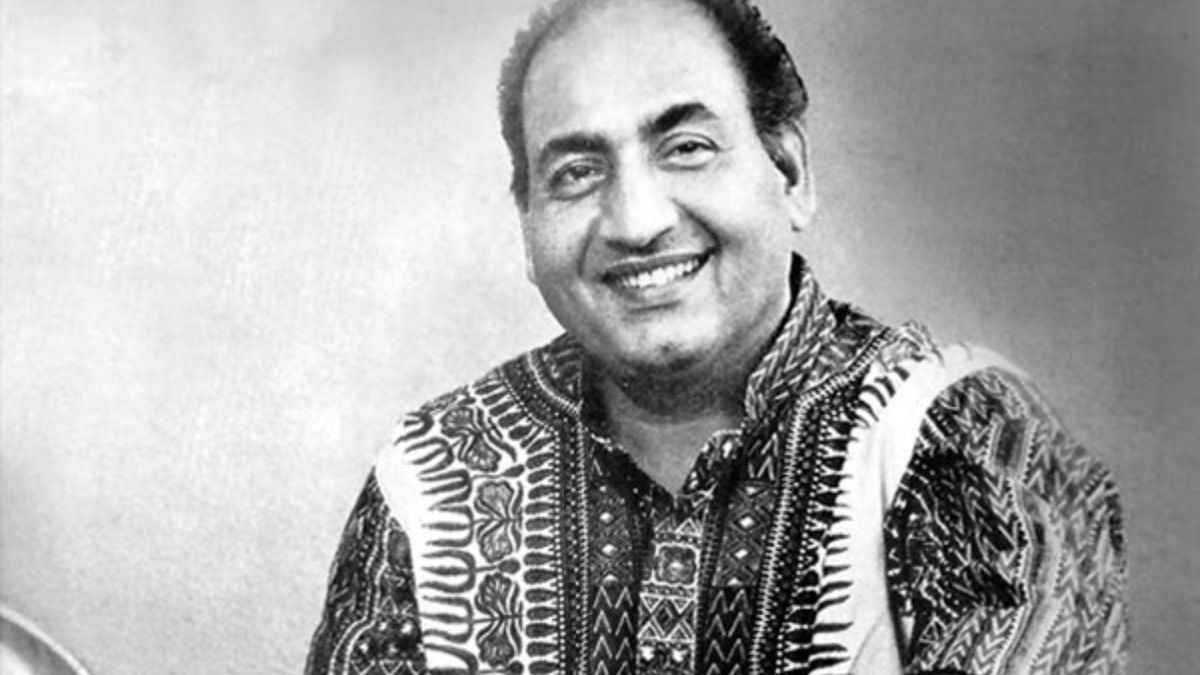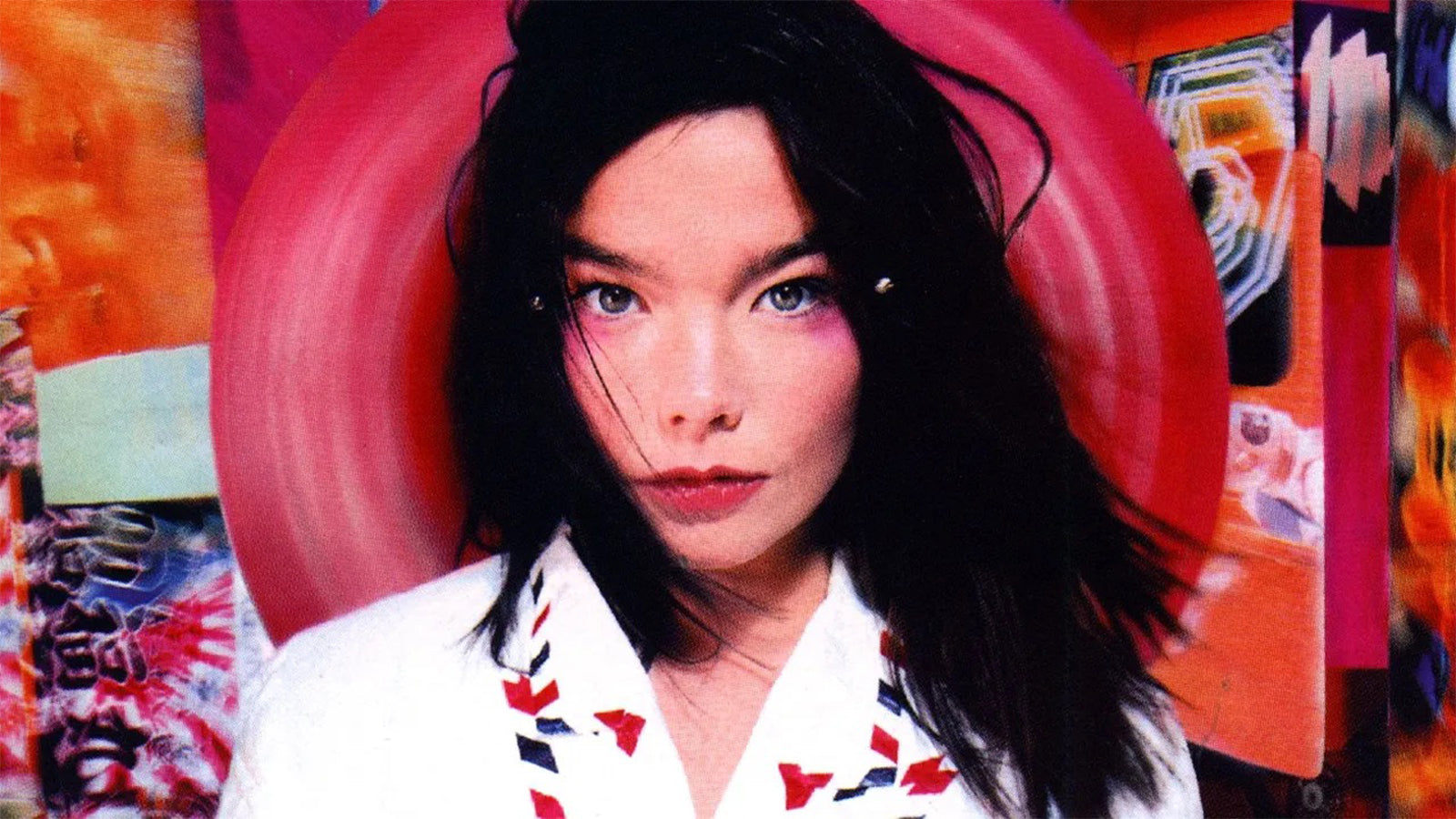A Vanishing Stage: Why Kashmir's Bhand Pather Remains a Fragile Inheritance

Under the shade of a Chinar, the sound of a drum once called entire villages together. Men in masks and bright robes would step into the open, their laughter biting, their songs playful, their movements carrying the weight of history. This was Bhand Pather, Kashmir’s folk theatre, born from satire and shaped by centuries of faith, humor, and defiance.
The word bhand carries echoes of the jester, the fool who tells truths others cannot; while pather speaks of character and play. In the temples and later in the courtyards of Sufi shrines, the Bhands became storytellers of the people. Their sketches ridiculed the powerful, mocked hypocrisy, and gave voice to the everyday struggles of peasants and artisans. To watch a Pather was to see society itself reflected in comic exaggeration and sharp irony, wrapped in music, mime, and acrobatics.
The performances carried a rare inclusivity. One play might invoke a Hindu pilgrimage, another a Muslim fakir, yet another the lives of wandering tribes. It was Kashmiriyat in motion; an art form that did not separate faith from culture, but braided them into a single thread. Villages awaited the troupes not only for entertainment but for news, lessons, and collective release.
But the long arc of decline has been cruel. Once dozens of traveling troupes moved across the valley; now only a few remain. Weddings and festivals that once set the stage for a Pather have turned to new amusements. Their children hesitate to inherit an art that no longer guarantees livelihood. What survives today often survives in fragments; elder performers guarding memory with more devotion than hope.
Contemporary directors have reimagined Bhand Pather through new stories. Some troupes have adapted it to carry civic messages about rights, law, and the environment. Institutions and theatre workers outside the valley have begun to train and support Bhands again, giving the art fresh visibility.
To witness Bhand Pather today is to feel the tension between fragility and endurance. The satire that once made emperors uneasy can still make a crowd break into knowing laughter. The drumming that once carried across villages can still echo in the valleys.
Origins in Village Squares
Bhand Pather traces back to the agrarian communities of Kashmir, where performers gathered in village squares to entertain and provoke thought. Derived from Sanskrit, ‘Bhand’ means clown or jester. In Kashmiri culture, it became a symbol of humor, wisdom, and critique. ‘Pather’ means a dramatic performance or play. Together, Bhand Pather represents theatre rooted in satire and social commentary.
Folk Satire as Social Mirror
Through exaggerated characters and biting humor, performers addressed corruption, hypocrisy, and inequality without fear. The Bhands performed across villages, carrying their stories wherever people gathered, often moving from harvest festivals to weddings.
Music at its Core
Instruments like the Nagara (Drum), Surnai (Reed Instrument), and Dhol drive rhythm, while songs highlight key moments. From the foolish villager to the greedy landlord, characters are archetypes recognizable to everyone in the audience.
Humor with a Purpose
While the audience laughs, the satire stings. The clown becomes a fearless truth-teller, exposing injustices through ridicule. Unlike proscenium theatre, Bhand Pather happens in open fields or courtyards, blurring lines between A
Collective Experience
The plays are participatory. Audiences often shout, cheer, or challenge performers, keeping the energy alive. Stories draw from Sufi traditions, folk tales, and everyday struggles, weaving spirituality with satire. performer and spectator
Decline in the Modern Era
Urbanization, cinema, and television eroded its audience. Many troupes struggled to survive as public interest shifted. Cultural bodies and theatre activists continue to support Bhand Pather, keeping performances alive in festivals and archives.
Why It Still Matters
In an age of rapid media, Bhand Pather reminds us of a time when art was communal, fearless, and deeply connected to society. Though endangered, Bhand Pather survives in villages and festivals—its laughter still carrying centuries of wisdom.




Comments
MRS DEJANA IVICA — 1 day ago
TANGIBLE INFORMATION ABOUT LOAN PLANNING… THIS HAPPY NEW YEAR..
This is not a normal post that you see every day on the internet where people give fake reviews and false information about excellent financial assistance. I am aware that many of you have been scammed and that fake agents have taken advantage of those seeking loans. I will not call these normal reviews, I will call this situation where I live a witness to how you can get your loan when you meet the company’s requirements. It really does not matter if you have a good credit rating or government approval, all you need is a proper ID card and a valid IBAN number to be able to apply for a loan with an interest rate of 3%. The minimum amount is 1000 euros and the maximum amount that can be borrowed is 100,000,000 euros. I give you a 100% guarantee that you can get your loan through this reliable and honest company, we operate 24 hours online and provide loans to all citizens of Europe and outside Europe. They sent me a document that was checked and tested before I got the loan, so I invite anyone who needs a loan to visit them or contact them via email: michaelgardloanoffice@gmail.com
WhatsApp for Europe: +38591560870
WhatsApp for USA: +1 (717) 826-3251
After you contact them, let them know that Mrs. Dejana Ivica from Zagreb gave you the information. Seeing is believing and you will thank me later when you get a loan from them. I made a promise that after I get a loan from them, I will post the good news to everyone online. If you have friends or relatives, including colleagues, you can tell them about this offer and that it is happening.
Christopher William —
DR UYI has done it for me, His predictions are 100% correct, He is real and can perform miracles with his spell. I am overwhelmed because I just won 336,000, 000 million Euro from a lottery jackpot game with the lottery number DR UYI gave me. I contacted DR UYI for help to win a lottery via Facebook Page DR UYI, he told me that a spell was required to be casted so that he can predict my winning, I provided his requirements for casting the spell and after casting the spell he gave the lottery numbers, I played and won 336,000,00 euros. How can I thank this man enough? His spell is real and like a God on Earth. Thank you for changing my life with your lottery winning numbers. Do you need help to win a lottery too? contact Dr UYI via drzukalottospelltemple@gmail.com OR WhatsApp on +17174154115
Big Bull —
SELLING FULLZ SSN USA NIN UK SIN CANADA
AUS SPAIN ITALY GERMANY Fullz available
Fresh Stuff & Fresh Spammed
Available in bulk quantity
Valid & guaranteed info
DL front back with selfie
DL with issue & exp dates
DL with SSN
SSN DOB DL ADDRESS—> USA
NIN DOB DL ADDRESS—> UK
SIN DOB ADDRESS MMN—> CANADA
Tax Return Filling Fullz & KYC Stuff
HACKING & SPAMMING TOOLS & TUTORIALS
COMPLETE PACKAGES WITH ALL TOOLS & TUTORIALS INCLUDED
SCAM PAGES|SCRIPTING
CASH OUT & CARDING STUFF
LOAN METHODS & CARDING METHODS
Many Other stuff for cashing out|filling for loans|KYC
All stuff will be 101% Genuine, nothing generated or edited
Contact us here only (Be aware from scammers)
Telegram – @ killhacks ’ @ leadsupplier
What’s App – +1 7277..88..612..9
TG Channel – t.me/ leadsproviderworldwide
Email – hacksp007 at gmail dot com
VK Messenger – @ leadsupplier
USA STUFF:
SSN DOB ADDRESS FULLZ
SSN DOB DL ADDRESS FULLZ
SSN DOB DL ADDRESS EMPLOYMENT & BANK INFO FULLZ
SSN DOB DL ADDRESS DL ISSUE & EXP INFO FULLZ
FULLZ WITH MVR
USA DL|ID FRONT BACK WITH SELFIE & SSN
USA LLC DOCS
USA W-2 FORMS
USA Passport Photos
High Credit Scores Pros
SweepStakes & Dead Fullz
Business EIN Company Pros|EIN Lookup
Dumps & CC with CVV
-———————————————————————-
UK (UNITED KINGDOM) STUFF:
NIN DOB ADDRESS FULLZ
NIN DOB DL ADDRESS FULLZ
NIN DOB DL ADDRESS SORT CODE & ACCOUNT NUMBER FULLZ
High Credit Scores Pros Fullz
UK DL Front Back with Selfie
UK Email & Phone number Leads
UK Passports
Consumer Leads UK
Bank Leads with sort code & account number UK Fullz
-———————————————————————-
CA (CANADA) STUFF:
SIN DOB ADDRESS FULLZ
SIN DOB ADDRESS MMN FULLZ
SIN DOB ADDRESS MMN PHONE POST CODE FULLZ
Canada DL Front Back with Selfie
CA Email & Phone Number leads
High Credit Score Fullz
Canada Passports
-————————————————————————
OTHER STUFF WE’RE PROVIDING WITH GUARANTEE:
EMAIL LEADS (Crypto|Unemployment|Casino|Medical|Health|Office365)
Car Database with Vehicle registration numbers
Email Combos
I.P & Proxies
Different type of Docs available
TOOLS AVAILABLE
SMTP RDP SHELLS C-PANELS
KALI LINUX
RATS & VIRUSES
Web-Mailers
SMS & Email Senders
Scam Pages & Scripting
Office365 Spamming Stuff
#FULLZ #TOOLS #TUTORIALS #EBOOKS #USAFULLZ #UKFULLZ #CAFULLZ #DLPHOTOS
#HACKING #SPAMMING #CARDING #SPOOFING #LEADSUSA #COMBOS #CRYPTOLEADS
#UKLEAD #CANADALEADS #HIGHCREDITSCOREPROS #CRYPTOPAYMENTS #PROS #OFFICE365
#SENDERS #FULLZSHOP #DUMPSCVV #CCFULLZ #USACC #FULLZDUMPS #DUMPSID #DUMPSDL
#EMAILLEADS
Contact here only (Be aware from scammers)
Telegram – @ killhacks ’ @ leadsupplier
What’s App – +1 7277..88..612..9
TG Channel – t.me/ leadsproviderworldwide
Email – hacksp007 at gmail dot com
VK Messenger – @ leadsupplier
MRS DEJANA IVICA —
TANGIBLE INFORMATION ABOUT CHRISTMAS LOAN FOR PLANNING…
This is not a normal post that you see every day on the internet where people make false statements and false information about huge financial assistance.. I am aware that many of you have been scammed and that fake agents have taken advantage of those seeking loans. I will not call this a normal statement, I will call this situation where I live a witness to how you can get your loan when you meet the company’s requirements. It really does not matter to have a good credit rating or government approval, all you need is a valid ID card and a valid IBAN number to be able to apply for a loan with an interest rate of 3%. The minimum amount is 1000 euros and the maximum amount that can be borrowed is 100,000,000 euros. I give you a 100% guarantee that you can get your loan through this reliable and honest company, we operate 24 hours online and provide loans to all citizens of Europe and outside Europe. They sent me a document that was checked and tested as valid before I got the loan, so I invite anyone who needs a loan to visit them or contact them via
Email: michaelgardloanoffice@gmail.com
WhatsApp for Europe: +385915608706
WhatsApp for USA: +1 (717) 826-3251
After you contact them, let them know that Ms. Dejana Ivica from Zagreb gave you the information. Seeing is believing and you will thank me later when you get a loan from them. I made a promise that after I get a loan from them, I will post the good news to everyone online. If you have friends or relatives, including colleagues, you can tell them about this offer and that it is happening this CHRISTMAS.
Fat Rosa —
HOW I RECOVERED MY LOST CRYPTO FROM FAKE BROKER ONLINE.
I had lost over $752,000 by someone I met online on a fake investment project. After the loss, I had a long research on how to recover the lost funds. I came across a lot of Testimonies about THE HACKANGEL RECOVERY TEAMS. I contacted them providing the necessary information and it took the experts about 48 hours to locate and help recover my stolen money. If anyone is looking for a Recovery firm to Recover your lost Crypto. You can contact THE HACKANGEL RECOVERY TEAMS . I hope this helps as many out there who are victims and have lost to these fake online investment scammers. You can contact them by using
Email at support@thehackangels.com
Website at www.thehackangels.com
WhatsApp +1(520)200-2320
Jeffery Vargas —
My girlfriend ended our relationship for seemingly no reason and I came to understand that my financial struggles may have contributed to this, as a healthy relationship is difficult without money. For spellcasting, Lord Meduza is the right person to turn to. My girlfriend left me for another man due to my financial situation, but after connecting with Lord Meduza, he created a spell that not only brought my girlfriend back but also made me a lottery winner of €116 million by providing me with the 6 lucky numbers to play the lottery. My life is incredibly beautiful and I owe my deepest appreciation to Lord Meduza I strongly encourage everyone to reach him for help through his email: lordmeduzatemple@hotmail.com or you Whats_App this number +1 (807) 907-2687 or visit: lordmeduzatemple.com
Usman Bello —
ALPHA KEY BTC RECOVERY: SEEK ADVICE FROM A LICENSED CRYPTO RECOVERY HACKER
Only a small number of skilled hackers has the special hacking knowledge and abilities needed to recover lost Bitcoin. Although there are a lot of recovery websites available, it’s crucial to exercise caution because 99% of them are run by con artists who pose as trustworthy businesses. It is preferable to go for a reliable hacker who can assist you in getting your money back, such as Alpha Key BTC Recovery. I lost $326k in Bitcoin due to mining, but they were able to retrieve it. contact info below
Mail : Alphakey@consultant.com
Website : www.alphakeyrecovery.com
WhatsApp contact :15714122170
Signal contact:15403249396
lucas e,merson —
After over 30 years in the cockpit as a commercial pilot, flying across continents and safely landing thousands of passengers, I was ready for retirement. Like many others, I had put part of my earnings into cryptocurrency—Bitcoin, specifically—as a long-term investment. Over time, that small investment grew substantially, eventually reaching £2,000,000. It wasn’t just a number on a screen; it was my safety net, my future, my reward for decades of hard work and sacrifice. Then, in a single moment, it was all gone. I logged into my crypto wallet one morning and was met with an empty balance—zero. My entire portfolio had vanished. What I later learned was that I had been the victim of a sophisticated form of cyber theft known as cryptojacking. The hackers had exploited vulnerabilities in my system, compromised my private keys, and stealthily transferred every last coin to their own wallets. The feeling? Crippling. I reached out to every avenue I could think of—banks, law enforcement, online crypto forums—but the answer was always the same: “There’s nothing we can do.” I was devastated. It felt like years of planning and saving had been erased overnight. That was until I came across.COINSRECOVERYWORLDWIDE Naturally, I was cautious. The internet is riddled with “recovery experts” who prey on victims twice. But from my first contact with Coinsrecoveryworldwide, the difference was obvious. Their team was transparent, knowledgeable, and deeply empathetic. They didn’t offer empty guarantees—they offered action, and more importantly, they delivered. Here’s what set them apart: Unmatched Technical Expertise Coinsrecoveryworldwide began by conducting an advanced forensic analysis of my case. They traced my stolen Bitcoin through multiple layers of obfuscation—including mixers, tumblers, and shadow wallets commonly used by criminals to launder crypto assets. Their team used blockchain analytics and cyber-intelligence tools to follow the trail where others had hit a dead end. Dark Web Surveillance and Server Penetration They didn’t stop at blockchain tracking. Using legal and ethical cyber-infiltration methods, they breached one of the attacker’s remote servers—uncovering a treasure trove of data: stolen credentials, transaction logs, and access routes. This breakthrough allowed them to identify the specific IPs and even the hardware fingerprints used during the theft. Collaboration with Exchanges and Global Partners Coinsrecoveryworldwide then leveraged their global network and worked directly with several crypto exchanges to flag, freeze, and intercept the stolen assets before they could be laundered or converted. They also collaborated with cybersecurity partners to neutralize parts of the botnet infrastructure the hackers had used. Successful Recovery Within weeks, 95% of my stolen funds—equivalent to £1,900,000—was securely returned to a new, uncompromised wallet. Watching that balance reappear felt like being rescued from a plane crash. I was overwhelmed with relief and gratitude. This experience has taught me that all is not lost after a scam—not when you have the right people in your corner. Coinsrecoveryworldwide didn’t just recover my funds. They restored my sense of justice, safety, and peace. They are not just another tech firm—they are specialists in real-world cybercrime intervention. They combine unmatched technical acumen with genuine care for the people they help. To anyone facing the same nightmare I went through: don’t give up. Coinsrecoveryworldwide is the real deal. If they could recover my £2,000,000 there’s hope for you too. Contact COINSRECOVERYWORLDWIDE Security Company 📧
🌐 Website: [https://coinsrecoveryworldwide.mobirisesite.com/] 📧 Email: Coinsrecoveryworldwide@gmail.com 💬 WhatsApp:+1765-823-6083
Take the step to secure your future—you’re not alone